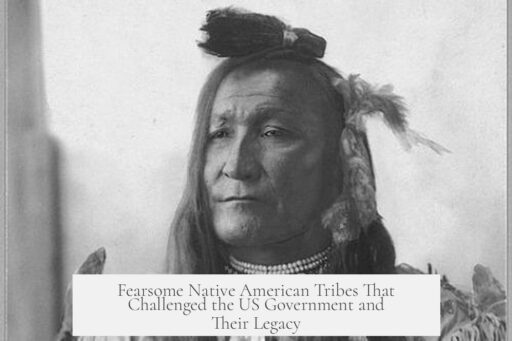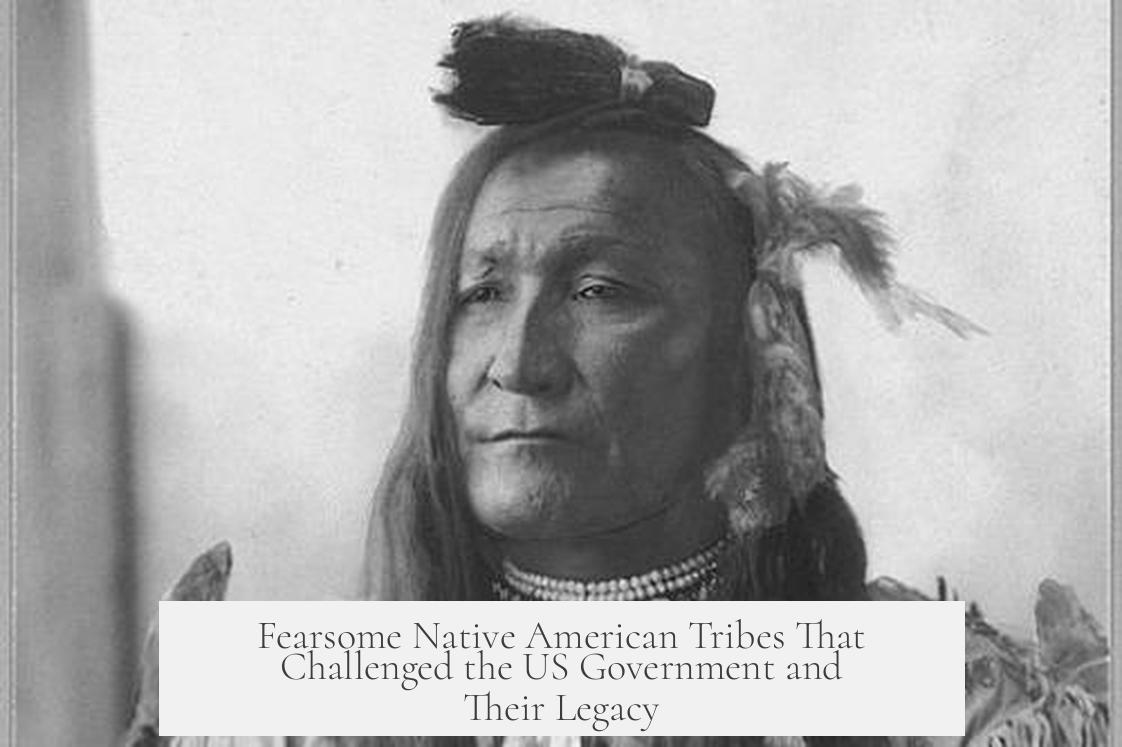The most fearsome and formidable Native American tribes faced by the U.S. government include the Comanche, Sioux, Apache, and Seminole due to their military skill, strategic impact, and resistance longevity. These tribes distinguished themselves through highly effective warfare tactics, adaptability, and resilience against both U.S. forces and other powers.
The Comanche dominated the southern Great Plains, exerting power from north Texas to New Mexico and even deep into Mexico. Their control forced Spanish trade routes to detour hundreds of miles, demonstrating their territorial strength. The Comanche raided far and wide, reaching areas near Mexico City, impacting Mexican military strategy and indirectly influencing the outcome of the U.S.-Mexico War.
Known as the “Lords of the Southern Plains,” the Comanche’s mastery of horseback warfare and rapid raids made them a persistent threat. Their empire thrived from the early 1700s until the 1870s. The tribe’s ability to strike swiftly and brutally prevented many other indigenous groups and settlers from encroaching on their lands. Their famous leader, Quanah Parker, symbolizes the tribe’s resilience and fierce identity.
The Sioux, including the Lakota and Dakota, represented a major force of organized resistance in the northern Plains. Their military effectiveness manifested most famously during the Great Sioux War (1876-1877), particularly at the Battle of Little Bighorn where they decisively defeated General Custer’s 7th Cavalry. The Sioux’s strategic coordination and knowledge of terrain enabled them to inflict heavy casualties while maintaining their autonomy longer than most tribes.
Leaders like Red Cloud and Crazy Horse embodied the Sioux’s fierce determination to protect their lands and culture. The Sioux were the last major tribe to face U.S. military defeat, highlighting their formidable status as opponents.
The Apache of the Southwest gained a reputation akin to “tigers” for their swift, ruthless hit-and-run tactics. They launched deadly raids against Mexican and U.S. forces across decades, resisting domination well into the early 1900s. Unlike many tribes, the Apache warfare style relied on agility and small-unit tactics, making them difficult to capture or defeat.
Apache resistance included prolonged conflicts such as the Apache Wars lasting from the 1600s until 1915. Mexico even placed bounties on Apache warriors due to their menace. After the U.S. acquired former Mexican territories, the Apache continued to challenge government control with remarkable endurance.
The Seminole tribe in Florida also resisted U.S. government efforts through a series of Seminole Wars in the 19th century. They famously never signed a peace treaty with the U.S., demonstrating persistent opposition. The challenging swampland terrain of Florida gave them a natural stronghold, prolonging the conflict and frustrating U.S. military campaigns. The Seminole resistance is so enduring that parts of the tribe still exist independently today.
Other tribes, such as the Blackfeet, Mohawk (Iroquois), Miami under Little Turtle, and Modoc, also posed notable military challenges. The Blackfeet were powerful traders armed with weapons who controlled large Plains sections. The Mohawks were fierce fighters in early American history, known to conduct harsh raids and withstand government campaigns. Little Turtle of the Miami famously inflicted severe casualties on U.S. forces during the Northwest Indian War in the late 18th century. The Modoc tribe was the last to remain at war with the U.S. in the 1870s in Northern California.
Similarly, Tecumseh’s Confederacy (mainly Shawnee) attempted to unify various tribes to resist settlement expansion. Although ultimately unsuccessful, this coalition highlighted the threat a coordinated indigenous resistance could present, necessitating large-scale military responses by the United States.
Access to horses and firearms significantly enhanced tribal warfare capabilities. Tribes who adopted these technologies early became more formidable foes. For example, the Comanche’s expert horsemanship gave them a decisive advantage on the plains, reinforcing their ability to conduct extended raids and evade reprisal.
| Tribe | Region | Key Strengths | Notable Leaders/Conflicts |
|---|---|---|---|
| Comanche | Southern Plains (Texas, New Mexico) | Horseback raids, territorial control, strategic impact | Quanah Parker, U.S.-Mexico War influence |
| Sioux (Lakota/Dakota) | Northern Plains | Organized resistance, tactical warfare | Red Cloud, Crazy Horse, Battle of Little Bighorn |
| Apache | Southwest U.S. and Mexico | Guerrilla tactics, prolonged resistance | Apache Wars, bounties by Mexico, delayed U.S. conquest |
| Seminole | Florida | Terrain advantage, treaty resistance | Seminole Wars, never signed peace treaty |
Tribes like the Pueblo and the Haida resisted European powers before significant U.S. expansion but were less frequently direct foes of the U.S. government. The Kootenai’s later symbolic war in 1974 shows the evolving nature of Native American resistance, shifting from armed conflicts to political assertions of sovereignty.
- Comanche’s mastery of mounted raids made them a major threat for decades.
- Sioux’s coordinated warfare culminated in major victories like Little Bighorn.
- Apache guerrilla tactics prolonged conflict into the 20th century.
- Seminole resistance uniquely defied U.S. treaty-making efforts.
Understanding these tribes’ military capabilities and historical contexts explains why the U.S. government regarded them as its most formidable Native American foes. Their cultural resilience and warfare innovations often shaped U.S. policy and military approaches during westward expansion.
Which Native American Tribes Were the Most Fearsome and Formidable Foe the US Government Faced and Why?

If you’re wondering which Native American tribes proved the most fearsome and formidable adversaries to the US government, the answer is a mix—but prominently, the Comanche, Sioux, and Apache stand out for their exceptional resistance and impact. These tribes challenged not only military force but also shaped US history through skill, strategy, and resilience.
Let’s take a closer, storytelling-style look at these warriors, plus a few other extraordinary tribes who made the US government think twice before messing with them.
Meet the Comanche: The Real Masters of the Plains
The Comanche tribe holds a legendary place as one of the most fearsome forces encountered by the US government and earlier colonial powers. Their reputation wasn’t just hearsay—they were so dominant in the southern Great Plains that even Spanish trade routes from Santa Fe to San Antonio avoided Comanche territory to stay safe.
Instead of taking a direct route through Comanche lands—which would have saved time—travelers took a much longer detour down the Rio Grande into Mexico before approaching Texas from the south. Just imagine turning a shortcut into a full road trip to dodge a wild storm of horse-mounted warriors!
Why the major fear? The Comanche Empire stretched across vast territories, enabling stunning raids deep into Mexico—so close to Mexico City they could almost wave hello. Their skills on horseback, mastery of guerrilla warfare, and strategic raids made them pivotal players in the US-Mexico War. They weren’t pacified until 1874, long after many other tribes had faded from the battlefield.
Their warrior culture had other Native American tribes literally rearranging their movements just to avoid crossing paths with Comanche war bands. One historian called the Comanche “the tigers of the Southwest”—swift, merciless, and brilliantly trained in combat.
For a gripping read on their story, check out Empire of the Summer Moon by S.C. Gwynne, centered around — you guessed it — the legendary Comanche leader Quanah Parker.
Sioux (Lakota/Dakota): The Last Stand and Organized Resistance
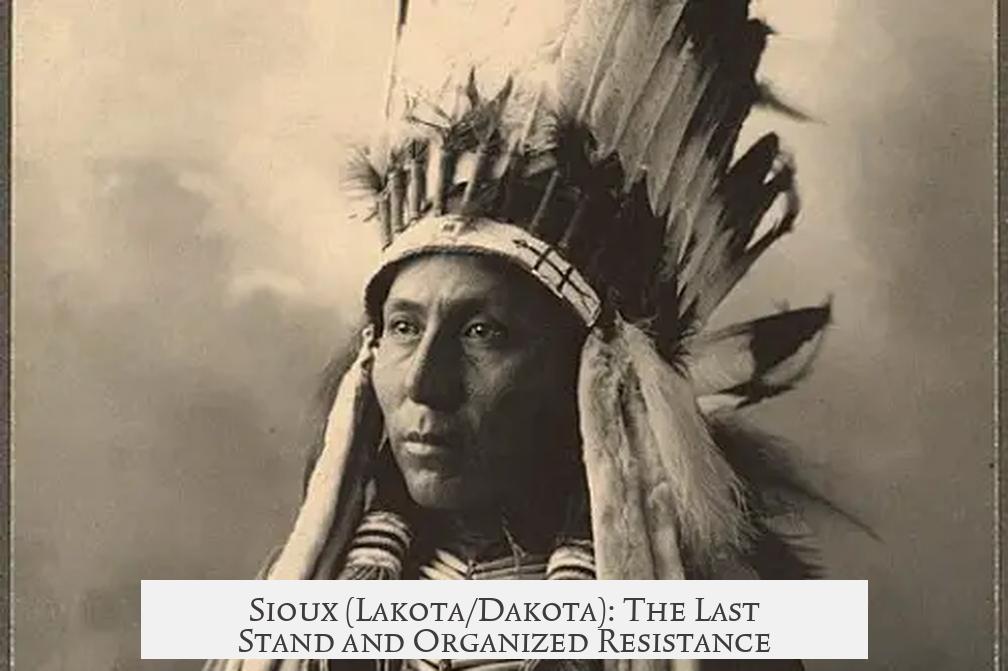
Moving north to the plains, the Sioux tribe—particularly the Lakota and Dakota factions—perfectly complement the Comanche’s fearsome reputation. While the Comanche dazzled with raids, the Sioux earned their stripes with highly organized resistance.
Remember Custer’s Last Stand? That wasn’t just a lost battle—it was a defining moment of the Great Sioux War of 1876. Against overwhelming odds, the Sioux killed more American soldiers than they lost, showcasing tactical brilliance and fierce determination. Leaders like Red Cloud and Crazy Horse brought formidable military skills that forced the US government to reconsider its tactics and approach.
Red Cloud’s War was so effective that it forced the government to shut down the infamous Bozeman Trail and abandon multiple forts. Pretty good for a force mostly fighting on horseback and with limited access to modern weapons.
The Sioux were also the last Native American tribe officially subdued by the US, showing remarkable staying power and resilience.
The Apache: Southwest’s Relentless Tigers
If the Comanche were tigers, the Apache were like the mountain lions lurking in the canyons—lethal and striking without warning. The Apache-Mexico Wars dated all the way back to the 1600s and only ended in 1915, showing decades of unrelenting resistance.
When Mexico offered bounties on Apache warriors in the 1830s, towns like Arizpe saw population plummet because everyone wanted to escape the fearsome Apache raids. After the US took control post-Mexican-American War, they inherited the fight—and it took multiple decades to finally contain the Apache.
These warriors didn’t mess around. Their lightning-fast raids and guerrilla tactics ensured no one traveled alone through Apache territory comfortably. Their reputation rivals Comanche in ferocity and determination. They were known for being highly effective even with fewer numbers.
Beyond the Big Three: Other Formidable Tribes Worth Mentioning
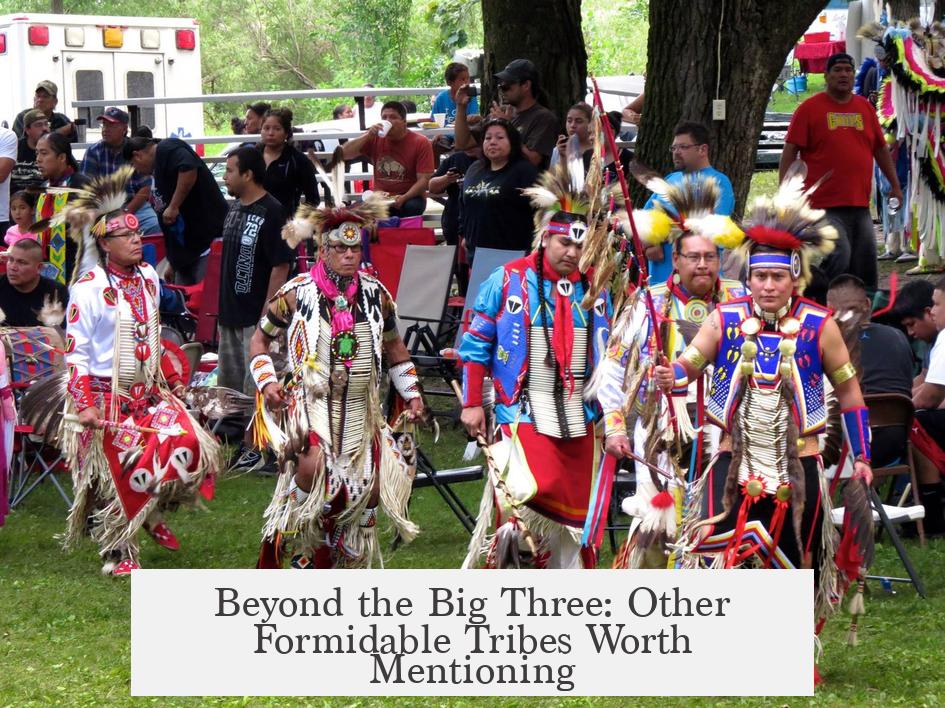
History doesn’t bottom out at the “big three.” Many other tribes made the US government’s life difficult through sheer bravery, skill, or tactical ingenuity. Let’s spotlight a few you might not immediately think of but who were no less fearsome foes:
- Seminole: These guys pretty much never surrendered. The US government even gave up efforts to fully displace them for a long time. In fact, the Seminoles are the only tribe never to sign a peace treaty with the US government—an honorable badge of stubbornness and endurance.
- Blackfeet: During the Lewis and Clark expedition, the Blackfeet were the most powerful Plains Indians, thanks largely to massive trade with trappers that gave them a significant weapons advantage.
- Haida: Far north, the Haida resisted European colonization fiercely, even capturing European ships and using cannon fire. Their warfare traditions included psychological tactics like carrying human heads, adding to their fearsome reputation.
- Iroquois (Mohawk): On the East Coast, the Mohawk branch of the Iroquois Confederacy was brutal and resourceful, burning towns and leaving bounties on their heads. They fiercely resisted policies like the Trail of Tears.
- Miami (Little Turtle): This leader earned a place in US history for defeating multiple American forces with overwhelming casualties inflicted on the invaders. His victories were even bloodier than Custer’s Last Stand.
- Tecumseh’s Confederacy (Shawnee): Tecumseh built a tribal coalition to resist settler expansion, posing such a serious threat that the US massed troops to defeat it. He was strategically allied with the British and sought to unite tribes in a rare large-scale resistance movement.
- Modoc: Small in number but formidable in spirit, the Modoc fought the last Native American war against the US, hiding out in the lava tubes of Mount Lassen, California.
- Creek: Known for their significant rebellion in the early 1820s, parts of the Creek Confederacy fought fiercely against American expansion, resulting in battles like Horseshoe Bend where General Andrew Jackson finally ended their resistance.
- Kootenai: Believe it or not, these Idaho natives waged a “nonviolent war” as late as 1974 for federal recognition that resulted in their own reservation—a modern example of Native resistance.
What Made These Tribes So Formidable?
Several factors contributed to why the US government found these tribes some of their most fearsome foes:
- Access to horses and firearms: After initial European contact, tribes that regrouped to acquire horses and guns gained a huge tactical edge. The Comanche, for example, turned the horse into their ultimate warfare tool.
- Expert military leaders: Figures like Quanah Parker (Comanche), Red Cloud (Sioux), Tecumseh (Shawnee), and Little Turtle (Miami) unified and inspired their people.
- Guerrilla warfare tactics: Quick, precise hit-and-run attacks, knowledge of terrain, and the ability to vanish into the wilderness made fighting these tribes a nightmare for soldiers accustomed to formal battles.
- Coalitions and confederacies: While many tribes fought alone, alliances like Tecumseh’s confederacy posed highly organized and multi-tribal threats requiring massive US military responses.
- Cultural resilience and motivation: These peoples weren’t just fighting for survival but for their identity, land, and way of life, intensifying their efforts.
Did All Tribes Engage on the Battlefield? And What About Others?
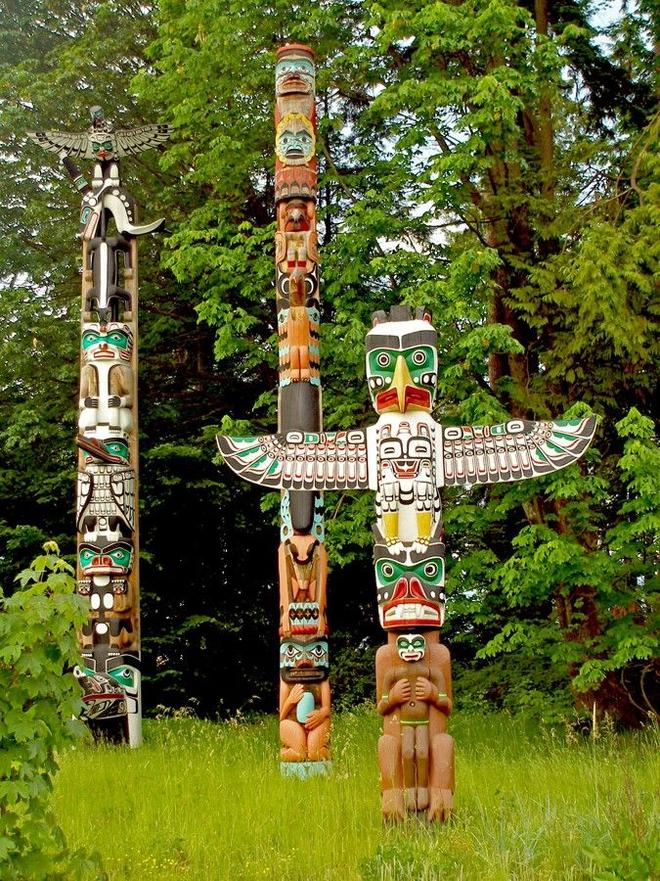
Not all resistance was open warfare. Some tribes, like the Cherokee, used legal resistance. The Cherokee won a landmark Supreme Court case affirming their land rights but faced stubborn presidential opposition. While they didn’t make it into bloody battles like others, they “beat” the US government with the power of law—though ultimately tragic due to forced displacement.
Meanwhile, other tribes such as the Pueblo united to drive Europeans off in 1680 through the Pueblo Revolt, an early victory in Native resistance sustaining their culture to this day.
Even smaller groups like the Hupa, Chikamauga warriors, and the Osage caused significant regional challenges and maintained lengthy resistance periods. Their stories add layers to the fabric of Native American resilience.
So, Which Tribal Resistance Story Inspires Most?
When you mix bravery, military skill, cultural tenacity, and sheer impact on US history, a few names stand out as true legends. The Comanche’s empire and raids shook colonial and national powers to their core. The Sioux’s organized last stand against overwhelming forces remains iconic. The Apache’s relentless guerrilla warfare epitomizes survival and tenacity.
But the spirit of these resistances is found in all these tribes—modern descendants still honor their ancestors’ fierce defense of land, culture, and freedom.
Final Thoughts: Lessons from Native Resistance
What can we learn? The US government’s encounters with Native tribes reveal that not all power lies in sheer numbers or technology. Adaptability, unity, cultural strength, and leadership shape true defense capacity.
If you’re curious to dive deeper, reading The Comanche Empire or biographies like The Heart of Everything That Is about Red Cloud offer rich, detailed perspectives on these fearsome tribes.
In the end, Native American history is a saga of resilience and resistance, far beyond simple “conquer and submit” narratives. The lessons echo loudly: respect for land, leadership, and community can challenge even the mightiest empires.
